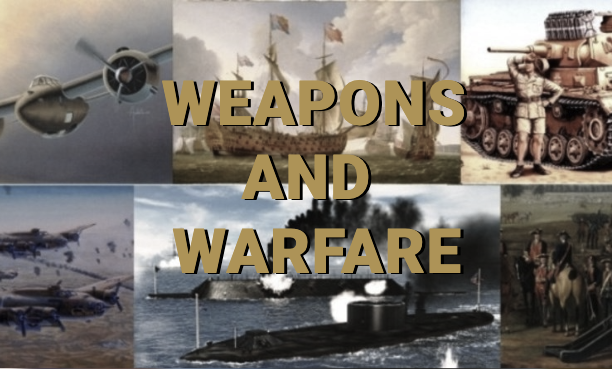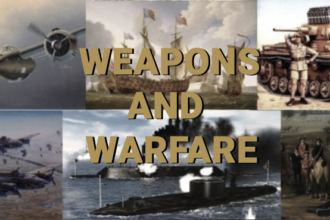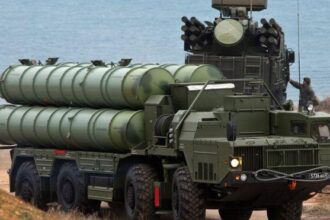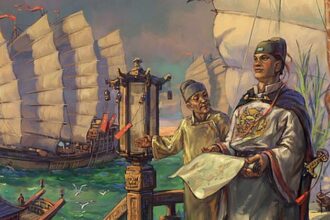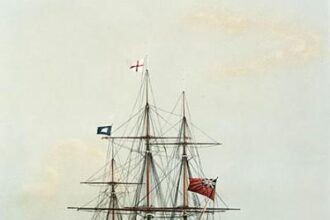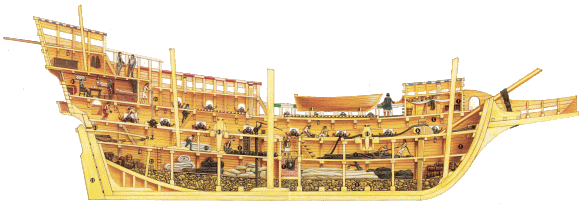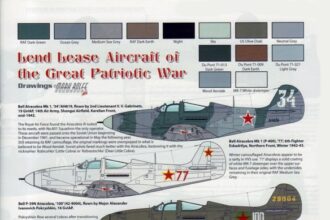Newsletter
Get the latest from Weapons and Warfare right to your inbox.
Follow Us
Explore
Trade
London: The Medieval Port
Alfred was already a battle-hardened young man when he succeeded his father to the throne of Wessex in 871 at the age of 21, having spent much of his teenage years fighting the Vikings on land and sea. Following his victory at the Battle of Edington in 878, the Viking forces, under their leader Guthrum, retreated eastwards. King Alfred began…
Most Recent
Trade between Middle East Countries and China before 1500
A map showing the route and destinations of the seven voyages of Zheng He between 1405 and 1433 CE, acting as an ambassador and explorer of the Chinese Ming Dynasty (1368 to 1644 CE). Some products were traded over very long distances indeed. In the thirteenth century date honey was…
Portuguese in the Indian Ocean
Under Malik Ayaz’s stewardship Diu at 1500 had risen to be one of the great ports in India. About one half of his income came from the port. This wealth and Diu’s strategic location enabled the Malik to acquire a considerable degree of independence from his overlord, the sultan of…
Honourable East India Company Mutinies
The East Indiaman Repulse (1820) in the East India Dock Basin. During the latter half of the eighteenth century and up to its loss of the monopoly of trade between Britain and the East in 1813, Britain’s greatest private merchant-owners were the Honourable East India Company. Mortality was a greater…
The Manila Galleons
The replica of the Galeon Andalucia visits the Philippines in celebration of the Dia del Galeon Festival, a commemoration of the 16th century galleon trade. Video by Yahoo! Southeast Asia sports producer Izah Morales. Photos by Voltaire Domingo/NPPA Images. Pacific Routes-Manila Galleons They sighted Cape San Lucas on 2 November…
Lend-Lease to the USSR
American Lend-Lease supplies to the USSR 1941–45. Soviet historiography is mocked in the West, where it is seen purely as a propaganda exercise. By way of example, take Lend-Lease. Soviet texts downplay its importance, if they mention it at all. English-language histories credit it with saving the Soviet Union from…
THIEVING OTTOMANS AND FRANKS
Portuguese outpost, Aden, 16th century. Historical artwork of the Portuguese trading post in Aden, Yemen. Portuguese trading posts were founded across Asia during the 16th century after the 1497-9 voyage by Vasco da Gama that opened the way for European maritime commerce. This artwork is from ‘Lendas da India’ (Legends…
Most Popular
Lend-Lease to the USSR
American Lend-Lease supplies to the USSR 1941–45. Soviet historiography is mocked in the West, where…
The Roman grain trade
Roman Merchant Ships The grain trade was not simply a source of profit for Rome’s…
Maritime trade in the Ancient Mediterranean
The picture depicts a Phoenician merchant ship dated 1500 year B. C. We can put…
London: The Romans and Early Saxons II
Roman ships When Julius Caesar’s fleet took part in a battle against the ships of…
